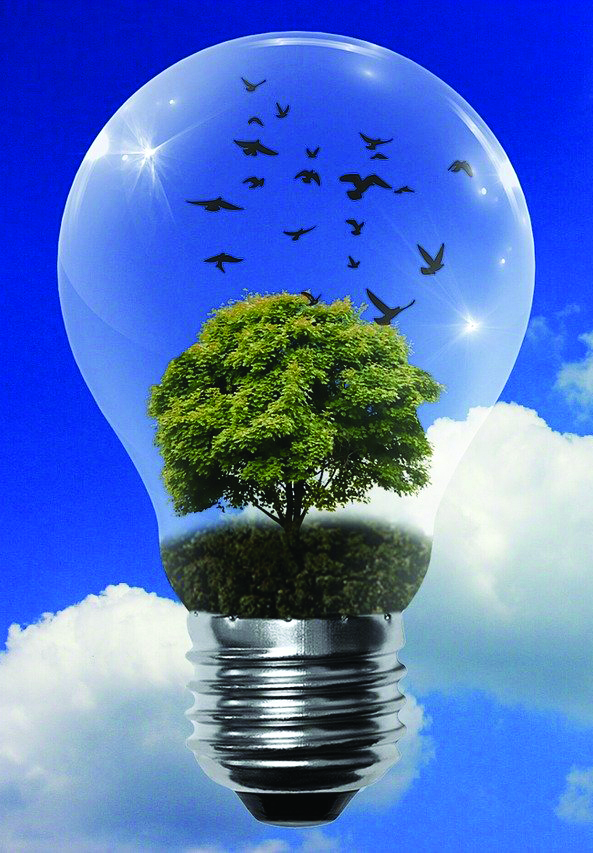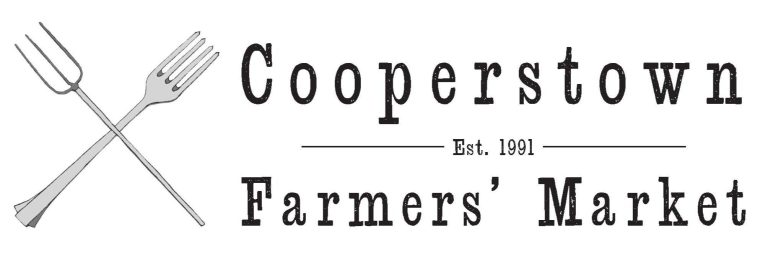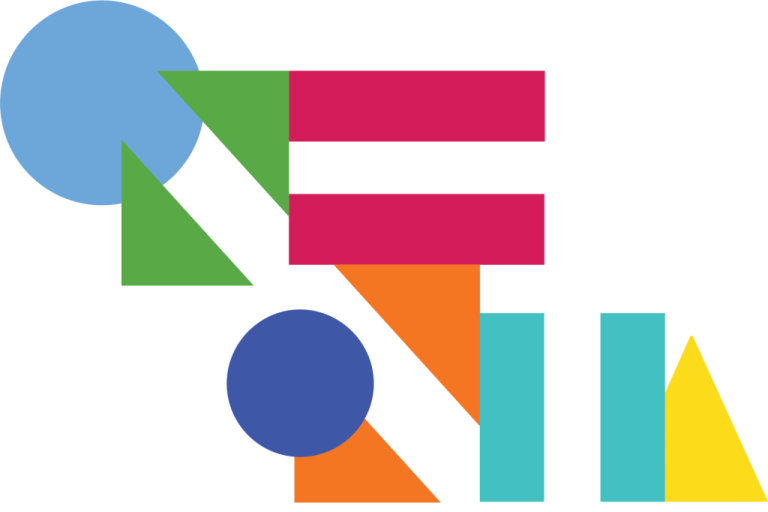Citizen Science No. 13 by Jamie Zvirzdin
Energy Demystified: A Year of Studying Energy

This year’s “Citizen Science” column will target one of the most interesting, beautiful, and useful quantities in science: energy. Last year, we covered intellectual curiosity, critical thinking skills, scientific literacy, the interplay of belief and science, and the virtues of patience and honesty in science. These skills and qualities have prepared us for our next quest, to reclaim the concept of energy from its pseudoscientific detractors. Many groups claim to use or manipulate energy for our benefit, promoting practices such as Reiki, crystal healing, aura reading, chakra balancing, therapeutic touch, magnet therapy, homeopathy, astrology and energy healing.
While these practices are popular and often have historical and cultural significance, they are not supported by empirical evidence. They rely on personal belief (and the placebo effect) and anecdotal evidence (testimonials) rather than scientific validation. I don’t doubt they bring a measure of comfort to the afflicted, but their ability to actually use energy to help us is vastly overstated.
I believe we fall prey to these pseudoscience practices because we do not understand enough about what energy is. It’s hard to find sources that are trustworthy and accessible. Some scientists and skeptics, wrapped in their own proud cloak of jargon, are not much help, likewise adopting a priestlike role, as many pseudoscience practitioners do, in guarding and wielding the esoteric secrets of the universe. Yet energy, in its true essence, is a foundational pillar of the physical world, influencing everything from the cosmic to the commonplace. Possessing this energy can hugely benefit our lives: electricity, transportation, communication, healthcare, food production, education and research, quality of life and comfort, economic development, renewable energy and sustainability, emergency services, and disaster response—real energy that really impacts our lives. Our series this year will demystify this concept, celebrating the scientific understanding of energy in its myriad forms.
To introduce the various flavors of energy we’ll cover this year, imagine you take a break from work to enjoy your lunch hour at the nearby beach. As you sprint down the hill toward the beach, your muscles stretch and contract, feet pounding the ground. Your smartphone and its lithium-ion battery power your earbuds, filling your ears with music. Around you, the Earth’s magnetic field protects you from the worst of harmful cosmic-ray radiation as you arrive at the beach and flop down in the sand to rest. Your granola bar begins to restore your energy, and your heart rate returns to normal. As the sun warms your skin and waves crash on the shore, you contemplate the energy that holds your atoms together and the energy that accelerates the universe’s expansion. You are a living nexus of all these energies, from the quantum to the cosmic, something more beautiful and real and exciting than any imaginary energy wrought by crystals, magnetic bracelets, chakra alignments, quantum healing, or Mercury in retrograde. Lying in the sand, in the sun, in this moment of tranquility, you recognize this powerful ebb and flow of energy transformations, a testament to the often unseen and unappreciated—yet measurable—forces that animate the universe.
So let’s improve our understanding of energy by first defining it, tracing its history through the Oxford English Dictionary. I like the etymology of the word energy, which came from the Ancient Greek word enérgeia and originally meant “activity, operation, efficacy.” Aristotle first used it, as far as we know, to talk about potentiality and actuality—what is possible and what happens when that possibility is realized through motion, change or activity.
Much later, during the 17th century, another polymath named Gottfried Wilhelm Leibniz conceived the concept of vis viva, or “living force,” which we now call kinetic energy. This budding idea was renamed energy by Thomas Young, a third brilliant polymath who not only showed that light was a wave but also helped decipher Egyptian hieroglyphs on the Rosetta Stone. The OED states that energy is currently defined as: “The potential or capacity of a body or system to do work by virtue of its motion, position, chemical structure, etc.” It goes on to say that energy is measurable, and it can be “acquired, transferred, and expended.” In other words, energy is the ability to cause change or perform work.
Energy has other properties, too. Because the laws of physics don’t willy-nilly change over time, energy is conserved, meaning it can’t be created or destroyed. You can transfer it to another form of energy, but you can’t pull it out of thin air or make it disappear. Picture the universe as a tight-fisted kid counting their Halloween candy like I used to do, hoarding every jot of sweet energy (every joule of energy, the standard measurement for energy). You could trade with me or do something nice for me, but at no point would I allow you unlimited access to my stash (yes, I was a stingy child).
Or picture a dragon guarding a glittering mound of treasure. Every joule must be accounted for, and any pseudoscience practitioner who shows up to steal even one bit of energy will be eaten alive. If you want a piece of that energy treasure, you have to play by the rules of the universe. You must work within the system, using real science and proven methods, not wishful thinking or pseudoscientific shortcuts.
This year, join me as we bridge the gap between understanding energy in the scientific sense and harnessing it in our daily lives. As we increase our knowledge of energy, we can also adopt practical, tried-and-true methods to boost our own energy levels: prioritizing sufficient sleep, nurturing our bodies with healthy meals, staying well-hydrated, exercising regularly, limiting alcohol and smoking, moderating our caffeine intake, and managing our stress. In exploring the fundamentals of energy, this upcoming year promises to be more than just educational; it will be transformative. By translating our knowledge into action, we enhance our daily happiness and vitality. After all, doing work on something transfers energy to it, and that includes ourselves.
Jamie Zvirzdin researches cosmic rays with the Telescope Array Project, teaches science writing at Johns Hopkins University and is the author of “Subatomic Writing.”





